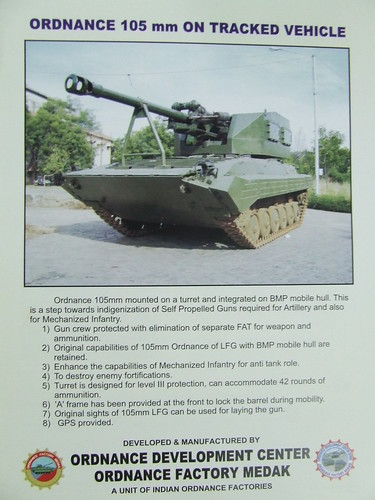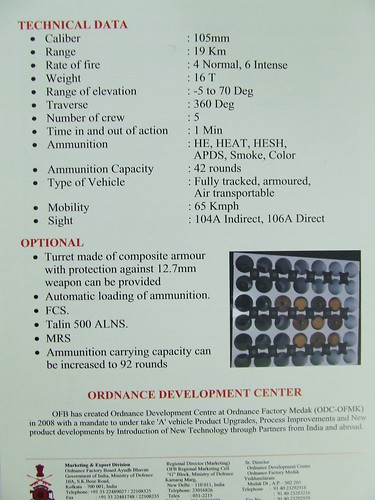- Joined
- Sep 28, 2011
- Messages
- 14,139
- Likes
- 8,606
I found this to help myself understand the term caliber in artillery.
Caliber (artillery) - Wikipedia, the free encyclopedia

Caliber (artillery) - Wikipedia, the free encyclopedia
In artillery, caliber or calibre[nb 1] is the internal diameter of a gun barrel, or by extension a relative measure of the length.
The length of the barrel (especially for larger guns) is often quoted in calibers. The effective length of the barrel (from breech to muzzle) is divided by the barrel diameter to give a value. As an example, the main guns of the Iowa-class battleships can be referred to as 16"/50 caliber. They are 16 inches in diameter and the barrel is 800 inches long (16 × 50 = 800). This is also sometimes indicated using the prefix L/; so for example, the most common gun for the Panzer V tank is described as a "75 mm L/70," meaning a barrel with an internal bore of 75 mm, and 5,250 mm long (17 ft 2.69 in).
The bore to barrel length ratio is called caliber in naval gunnery, but is called length in army artillery. Before World War II, the US Navy used 5"/51 caliber (5"/L51) as surface-to-surface guns and 5"/25 caliber (5"/L25) as surface to air guns. By the end of World War II, the dual purpose 5"/38 caliber (5"/L38) was standard naval armament against surface and air targets. All three had a bore diameter of 5 inches (not 5.51 or 5.25 or 5.38 as often misread).





















